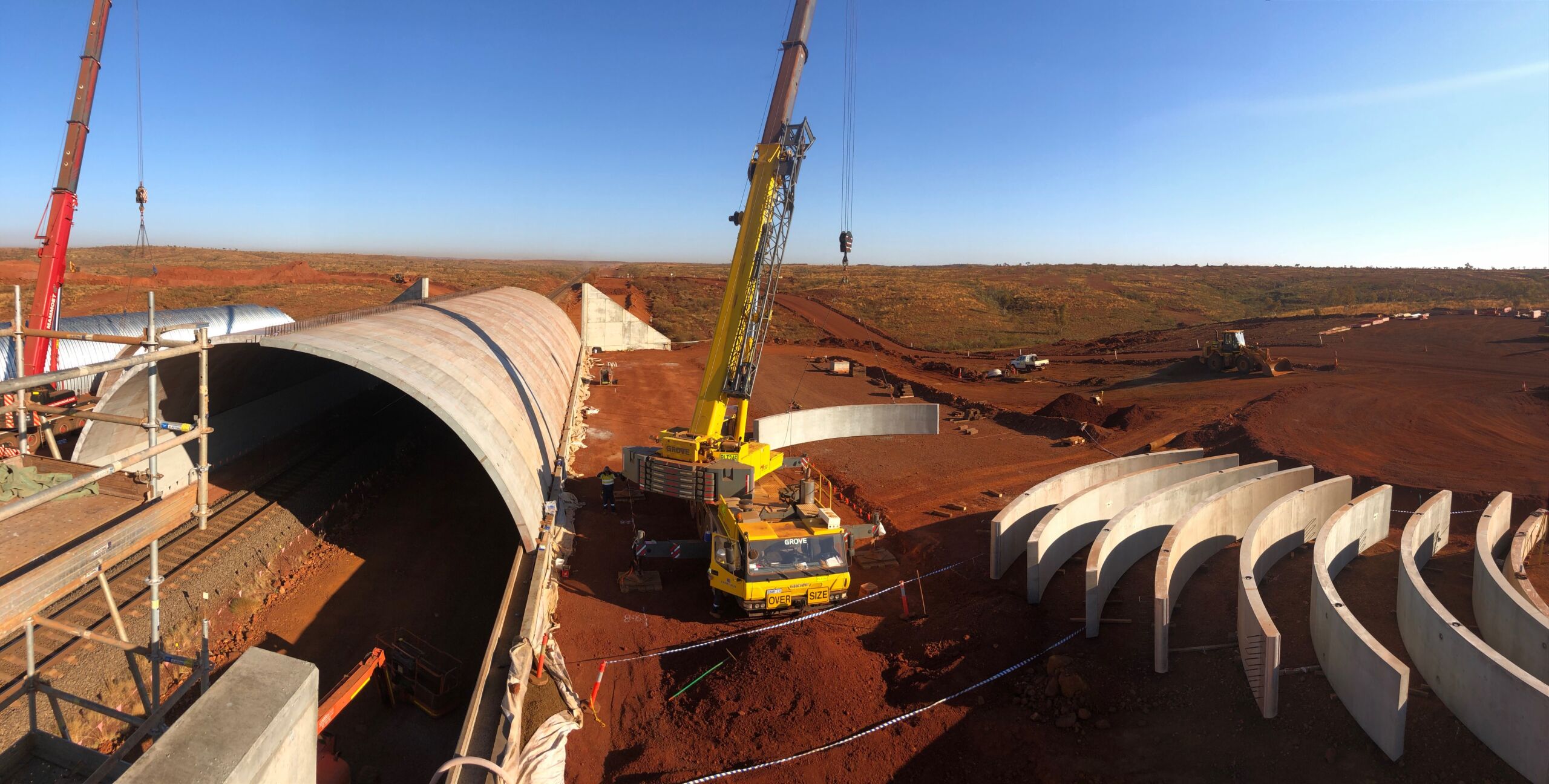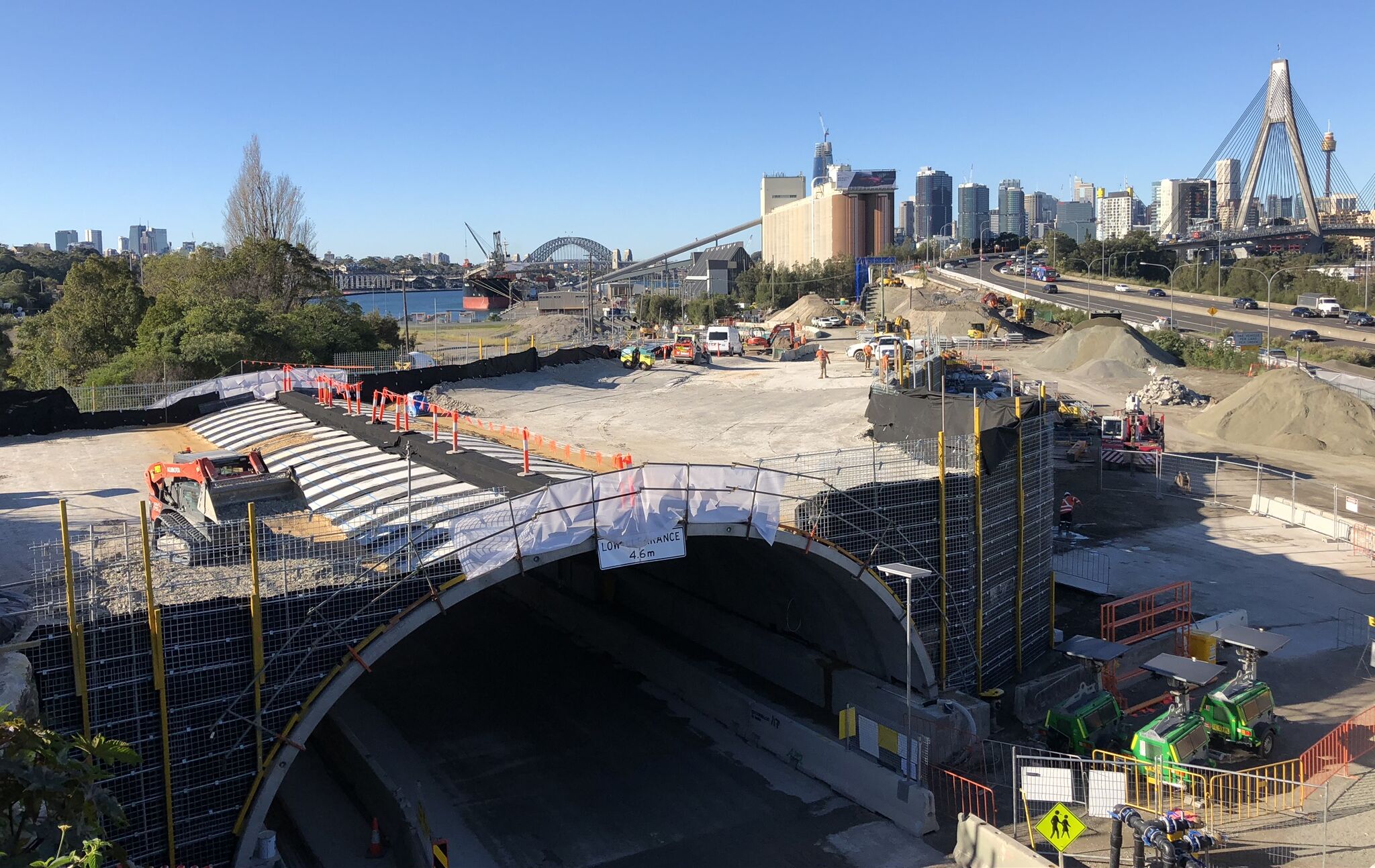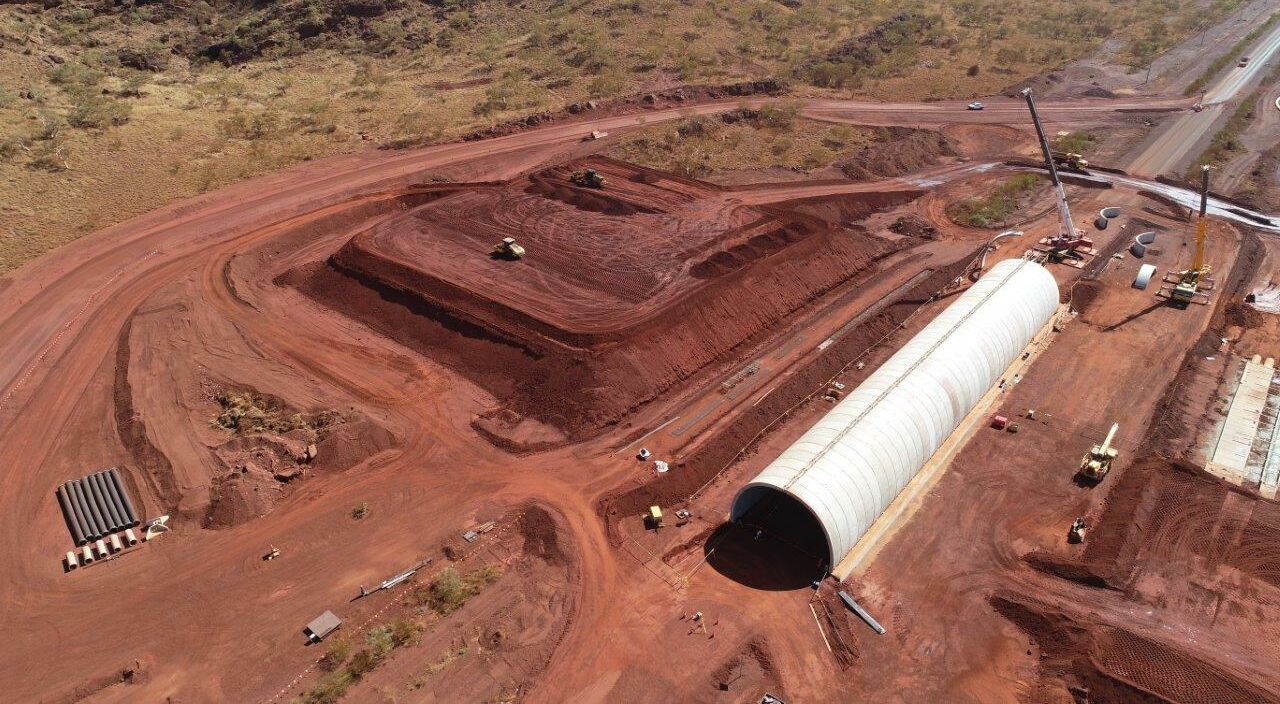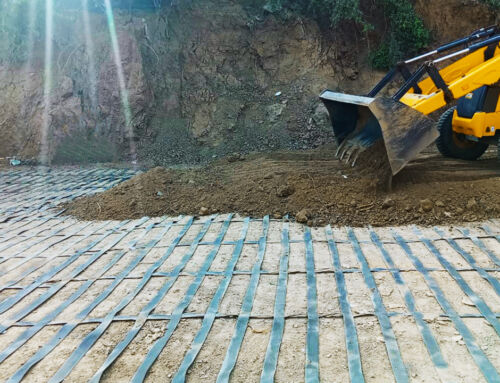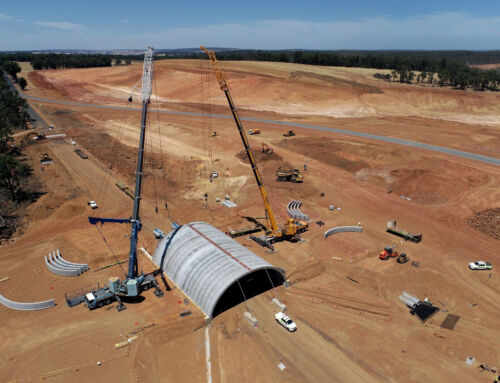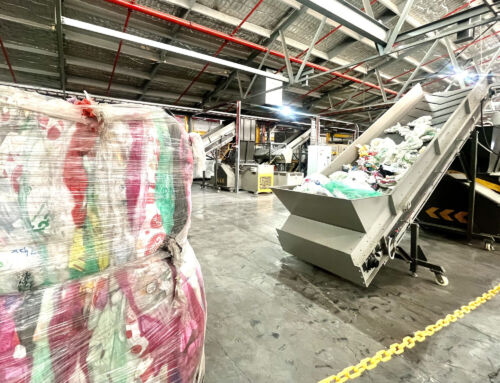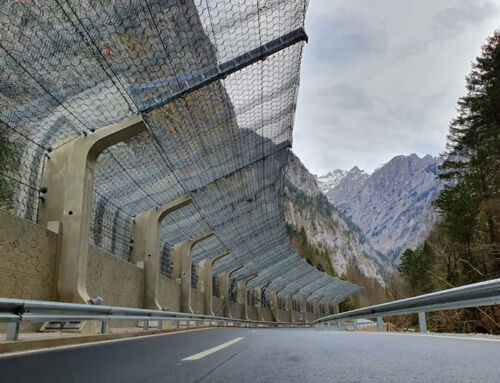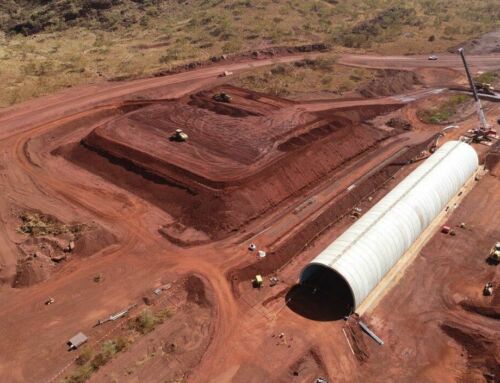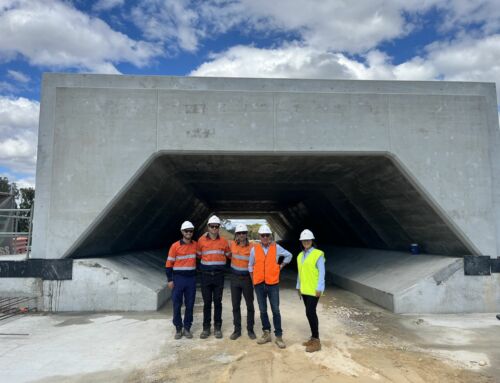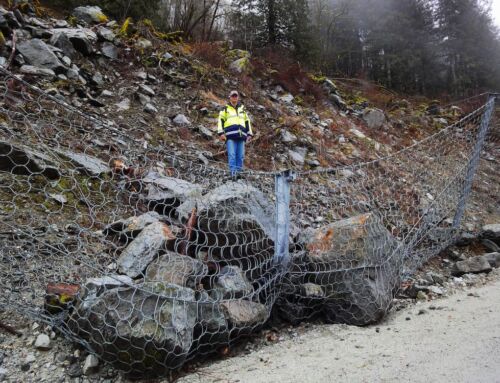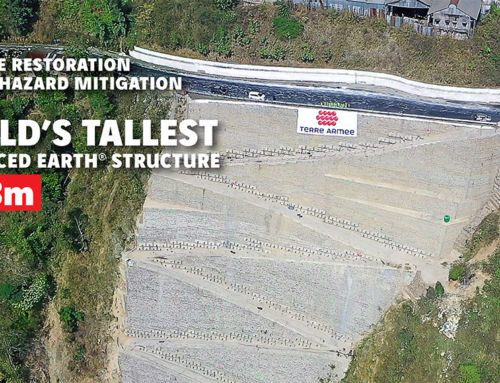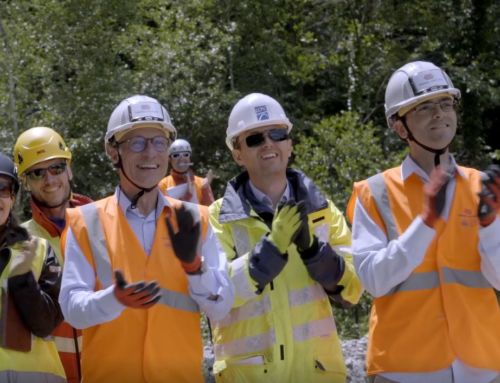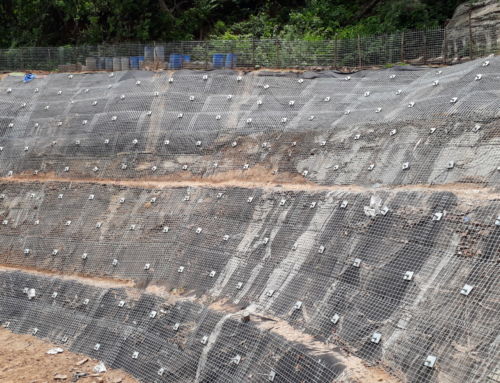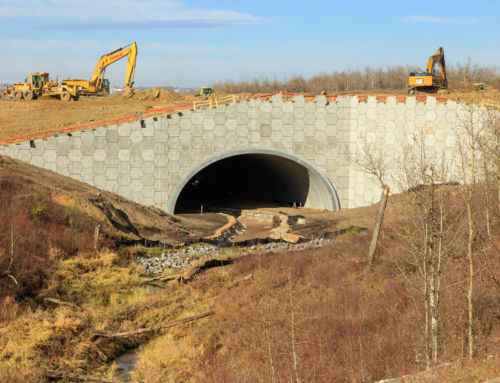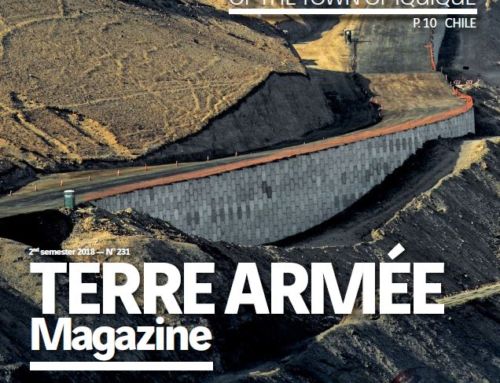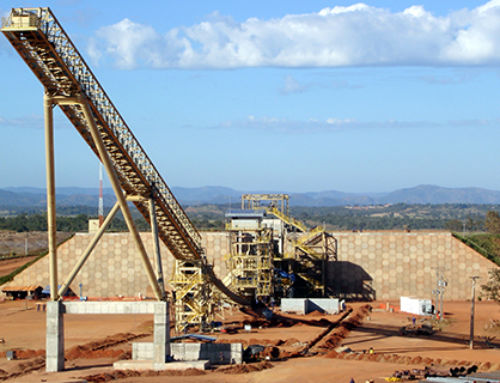Technical Paper: Precast concrete arches in geotechnical engineering and infrastructure projects will be discussed in this technical paper, analysing their application, benefits and arch design methods.
The arches are becoming a preferred structural solution in major infrastructure projects throughout Australia, encompassing roadways, railways, and mining sectors. These precast concrete arch solutions are meticulously engineered to deliver substantial support and enduring durability for applications such as bridge underpasses, culverts, overpasses, and covered tunnels. Their advanced design and construction methods confer numerous advantages.
What Are Precast Concrete Arches and Their Benefits?
Precast concrete arches are structural solutions increasingly utilised in large infrastructure projects across Australia, including roadways, railways and mining. These arches are engineered to provide robust support and long-lasting durability for bridge underpasses, overpasses and covered tunnels, and offer a range of benefits due to their innovative design and construction methodology. A notable example of this innovation is the TechSpan® arch, offered by Reinforced Earth.
Advantages of Concrete Arches for Engineering Projects
High Load-Bearing Capacity
Accommodate Heavy Loads: Concrete arches are engineered to support substantial loads, including high fills and significant live loads. They are adept at handling both static and dynamic forces, making them ideal for high-traffic and demanding environments.
Alternating Loading Conditions: These structures are capable of withstanding alternating loads during both installation and service, ensuring stability and safety throughout their lifecycle.
Efficiency and Speed of Construction
Reduced Onsite Time: Precast elements, such as TechSpan® arches, significantly reduce the duration of onsite construction, leading to faster project completion and lower costs.
Minimal Wastage: The controlled factory environment for precasting minimises material waste, enhancing the sustainability and cost-effectiveness of the construction process.
Rapid Installation: TechSpan® arches can achieve erection rates of 10 to 20 linear meters per shift with a single crane. The process can be expedited further with two cranes, facilitated by a straightforward and predictable installation procedure that requires only a small crew and conventional equipment.
Design Flexibility and Precision
Custom Design: Each precast concrete arch is tailored to meet specific project requirements. The use of finite element model (FEM) analysis, as seen in TechSpan® designs, ensures optimal curvature and minimal bending moments, resulting in slender yet robust structures.
Optimised Reinforcement: FEM analysis allows for optimised reinforcement, enhancing the safety and durability of the arches while keeping costs low for builders and end-users.
Free Design Tools: Reinforced Earth provides an online design tool at www.precastarches.com, enabling designers, project managers, and coordinators to draft their required TechSpan® arch and download CAD drawings.
Durability and Longevity
Long Service Life: Precast concrete arches, such as TechSpan®, are designed for a 100-year service life, in accordance with Australian Standard for bridge design. This ensures long-term safety and functionality.
Resilience to Environmental Factors: Concrete arches are highly resistant to weathering, aggressive environments, and erosion, contributing to their longevity and reliability in various conditions.
Space Efficiency
Narrow Footprint: The installation of TechSpan® arches requires a narrow footprint, allowing for efficient use of space, which is particularly beneficial in constrained project sites or urban environments.
The above outlines precast concrete arch benefits, read on to learn more about precast concrete arch technology, design and construction.
Technical Details and Design of Segmental Precast Arches – TechSpan®
TechSpan® bridge arches and culverts consist of segmental precast units forming a three-hinged arch structure, utlising the concept of a funicular curve. The term funicular is defined as “imitating a rope and its tension”. While sophisticated in terms of design, the precast arch is simple for planners and builders to incorporate into their bridge and tunnel projects across Australia, offering a span of 8m to 22m, and heights up to 10m at 1m in width.
Optimised precast arch construction and manufacturing, using Reinforced Earth’s unique flexible concrete precast formwork and quality-controlled casting process, results in finished elements that conform to any and all geometric and material quality specifications. The TechSpan® design and material supply package of concrete arches often includes materials required to construct the necessary retaining structures for wing walls and spandrels, and also other precast solutions including footings, copings, barriers and slip joints.
The TechSpan® solution minimises site needs and minimises disruptions, eliminating the need for intensive onsite formwork, scaffolding, joints or bearings. Installation of the precast concrete TechSpan® arches over active roadways, railways, waterways and conveyance systems is possible without disruption to the ongoing activity.
The three-hinged TechSpan® system consists of precast concrete half arch units that meet at the crown, supported by precast or cast-in-place footings sized for site specific conditions. MSE walls are easily customised and built at the ends of the arch tunnel, forming a standalone bridge, concrete tunnel, or hydraulic structure. The arch units are typically 200 to 300 mm thick, and are custom designed for the application to minimise materials.
TechSpan® precast concrete arch construction starts with the installation of cast-in-place or precast footings on both sides. The arch units are set and grouted along the footing keyway. Geotextile or geomembrane is applied to the joints as designed. The crown beam is cast along the top of the arch, locking both sides together. MSE headwalls or wing walls are then installed as designed.
The abbreviated installation procedure consists of the following steps:
- Establishing keyway foundations
- Receiving and arranging precast arch segments
- Segment placement by crane(s)
- Grouting of concrete arch segments into the keyway
- Pouring of a crown beam or stitch joint
- Applying joint cover or waterproofing
- Backfilling per approved guidelines and specifications
Use Reinforced Earth’s complimentary 3D modelling tool for TechSpan®, to design your precast concrete arch and download the CAD drawings.
Applications for Concrete Arches
Concrete arches, TechSpan®, are versatile and applicable in various infrastructure projects:
- Bridge Underpasses and Overpasses: Providing robust support and efficient load management for vehicular and pedestrian traffic.
- Tunnels and Culverts: Offering durable solutions for covered tunnels and drainage systems.
- Wildlife Crossings: Facilitating safe passage for wildlife, reducing the impact of infrastructure on natural habitats.
Case Studies
The following projects illustrate successful applications of precast concrete arches in major infrastructure. The examples below utlised Reinforced Earth’s TechSpan® arches. Visit the Projects section of our website for further examples.
- Largest Concrete Arch in the Southern Hemisphere: Installed at Western Australia’s South32 Quindanning mine, providing a durable bridge over Pinjarra-Williams Road. Read more
- Tunnels in Sydney’s WestConnex Rozelle Interchange: Concrete arches form vital components of this transformative road infrastructure project. Read more
Conclusion
Precast concrete arches, such as TechSpan® from Reinforced Earth, offer numerous benefits for infrastructure projects, including high load-bearing capacity, construction efficiency, design flexibility, durability, and space efficiency. These arches blend strength, efficiency, and sustainability, making them an ideal choice for modern civil engineering needs.
Summary of Key Benefits
- Enhanced Structural Integrity: High load-bearing capacity ensures accommodation of heavy traffic and challenging conditions, suitable for critical infrastructure like highways, railways, and mining operations.
- Efficiency in Construction: Reduced construction time and onsite waste lead to faster project completion and cost savings. High erection rates with minimal equipment and labour make them appealing for large-scale projects.
- Customisation and Precision: Advanced FEM analysis tailors each arch to specific requirements, ensuring structural soundness and economic efficiency.
- Durability and Longevity: Compliance with standards like AS5100 ensures a service life of up to 100 years reducing maintenance costs and enhancing lifecycle value.
- Environmental and Space Efficiency: Narrow installation footprint and reduced onsite waste contribute to sustainable construction practices, particularly in urban or constrained environments.
By leveraging the advantages outlined above, infrastructure projects can achieve superior performance, reduced environmental impact, and optimised resource utilisation. Solutions like the TechSpan® precast concrete arches represent a reliable and innovative approach, enhancing project outcomes across diverse applications.
Further Information
For more details about precast concrete arches and TechSpan® solutions:
For queries about the benefits and applications of precast concrete arch bridges and tunnels, contact us for more information.


